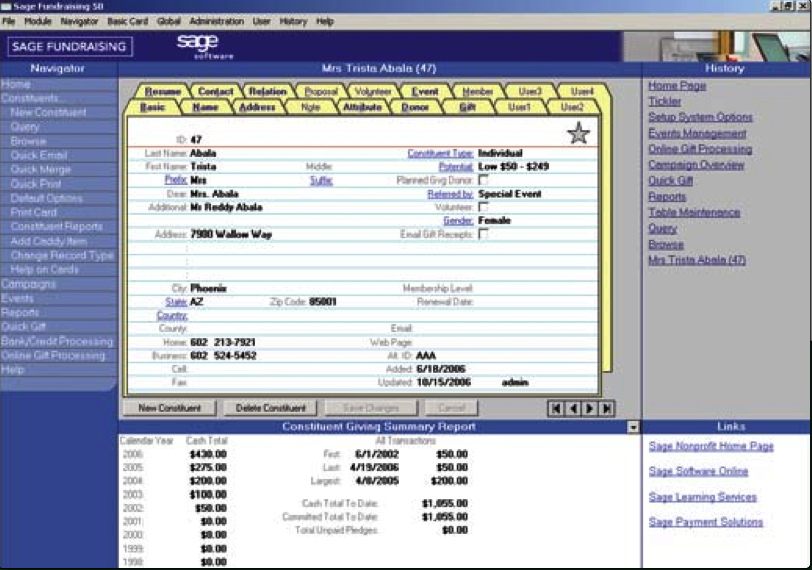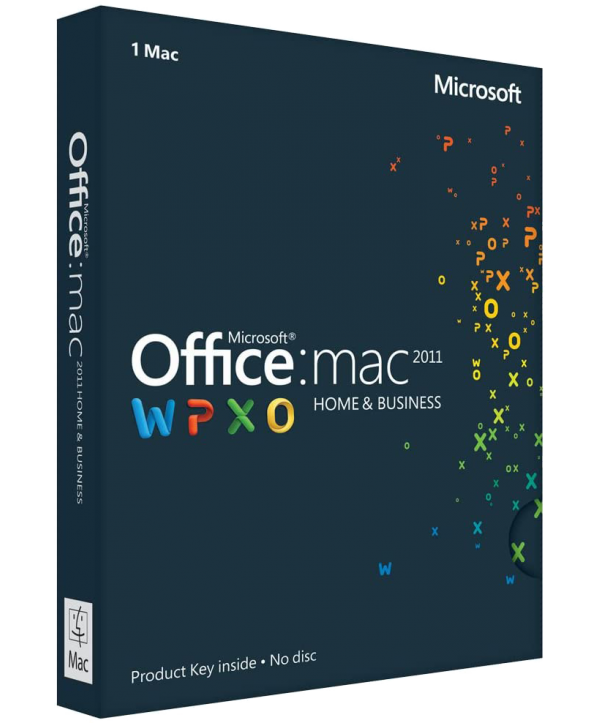
In the above example, we have the Filter option set to Year-To-Date, so the yearly totals reflect total donations for the current date (month and day) for each year. But in addition the Donation graph has options for the Gift Type (Money or non-monetary types such as volunteer hours), and a checkbox for seeing gift counts as opposed to totals. There are also drop-down options for Interval, Filter, and End Year. Here is an example of what the new Donation graphs looks like:Īs with the Constituent graphs, there is a two-column grid on the right showing the exact values from the graph for easy reference.

If you choose a small time interval (such as days or weeks), the End Year control will transform to an End Date control, allowing you to choose a specific End Date.
Fundraising software for mac full#
It defaults to ending at the current year (showing a full 24 years), but moving the endpoint into the past allows you to see any 24-year segment in time.

The End Year drop-down simply lets you establish an end point for the horizontal time axis. The Filter option allows you to restrict which constituents are counted for each Interval (you can limit by Year-To-Date, Quarter 1, 2, 3, or 4, or by a specific month within each year).

For the above graph, the Interval option allows you to control the time interval (Calendar Years, Fiscal Years, Months, Weeks, or Days) shown on the horizontal axis of the graph. Also notice the drop-down options shown beneath the graph. To the right of the graph is a two-column grid showing the exact values from the graph for easy reference. For example, here is what the Constituent Counts graph looks like for a typical nonprofit organization adding a few thousands constituents per year: For example, you could graph just the donations for a specific campaign by first running a selection to capture those specific donations.Ĭounts in graphs are shown in amber, and dollar totals in green. The graphs are particularly flexible when used with a Selection Result, as this allows you to apply any conceivable filter condition to the data table being graphed. However, if you wish to graph only the records of a particular Selection Result, start by opening the Selection Results window, highlight the selection you wish to graph, then click the new Graph button you will see on the left side of the Selection Results window. If you wish the graphs to operate on all Constituents, Memos, Donations, Pledges, and Contacts, then launch them from the Reports menu. These graphs are available both on the Reports menu, and when the Selection Results window is open.
Fundraising software for mac plus#
Now you can graph counts of new Constituent and Memo additions over time, plus detailed count and dollar information for Donations, Pledges, and Contacts. The graphing abilities of DonorQuest have been expanded considerably. Here’s an overview of the new features in DonorQuest 7.7: Here’s an overview of the new features in DonorQuest 7.7:

The version of DonorQuest you are currently running is always shown in the upper-left corner of the main DonorQuest window. If you are upgrading from a version of DonorQuest earlier than 7.6 (the previous release), you should also consult the various “What’s New…” documents, available under the, “What Was New In Previous Releases” topic of this User’s Guide. DonorQuest 7.7 includes quite a few exciting enhancements as outlined below.


 0 kommentar(er)
0 kommentar(er)
